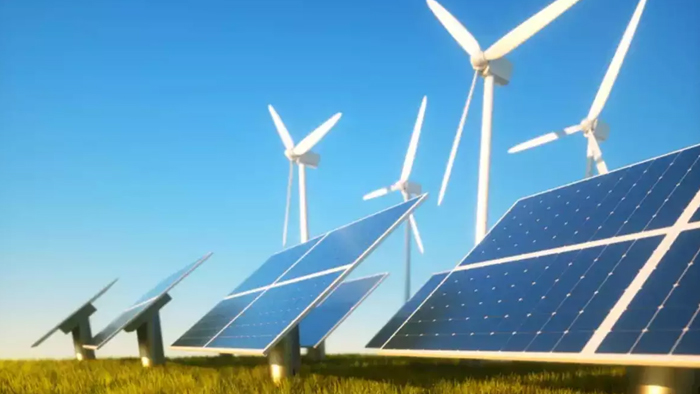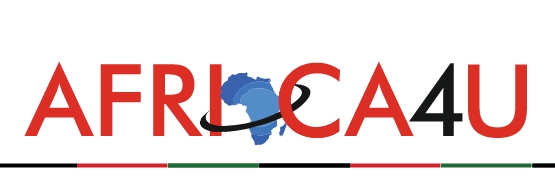(3 minutes read)
Namibia is at the forefront of the African transition from conventional fossil-based energy production and consumption to renewable sources, with solar and wind. According to the latest statistics, 25% of the country’s power source is now from wind and solar. Morocco and Kenya come after Namibia at 17% and 16% respectively, while the rest of the African countries fall below the global benchmark of 12%.
Namibia is at the forefront of the African transition from conventional fossil-based energy production and consumption to renewable sources, with solar and wind. According to the latest statistics, 25% of the country’s power source is now from wind and solar. Morocco and Kenya come after Namibia at 17% and 16% respectively, while the rest of the African countries fall below the global benchmark of 12%.
Global Electricity Review undertaken by Ember provides the most up-to-date overview of changes in global electricity generation in 2022 and a realistic summary of how “on track” the electricity transition is for limiting global heating to 1.5 degrees. The report analyses electricity data from 78 countries representing 93% of global electricity demand and includes estimated changes in the remaining generation. It also dives deeper into the top 10 carbon dioxide (CO2) emitting countries and regions, accounting for over 80% of global CO2 emissions.
The review says wind power produced 7.6% (2,160 TWh) of global electricity in 2022. China is the biggest generator of wind power at 824TWh, (9.3% of its electricity mix), while Denmark has the highest wind generation by percentage share at 55% (19 TWh). Germany has both the third-highest generation of any country (126 TWh) and the sixth-highest share in the mix at 22%.
Namibia’s ranking shows its consistent efforts towards reducing its carbon footprint and a small step towards taking a big leap in this direction. These efforts are spearheaded by NamPower through its Integrated Strategy and Business Plan (ISBP) for 2020–2025.NamPower is targeting to produce 220MV of power by 2025 through internal solar power generation including Independent Power Producers (IPPs). This comes as Namibia is embarking on Green Hydrogen projects that are also expected to push the country’s power generation capacity further into renewable energy.
Read Also:
https://trendsnafrica.com/namibia-to-develop-green-industrial-economic-zone/
https://trendsnafrica.com/namibia-to-become-major-player-in-oil-and-green-energy-industries/
https://trendsnafrica.com/hyphen-hydrogen-energy-namibia-announces-750000t-ammonia-offtake/
Together, all clean electricity sources (renewables and nuclear) reached 39% of global electricity, a new record high. Solar generation rose by 24%, making it the fastest-growing electricity source for 18 years in a row; wind generation grew by 17%.





